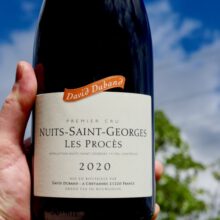
Product information
David Duband Nuits-Saint-Georges 1er Cru ‘Les Proces’ 2020
Pinot Noir from Nuits-Saint-Georges, Côte-de-Nuits, Burgundy, France
$282
Description
This beautifully sited vineyard sits directly above Nuits St Georges adjoining 1er cru Les Pruliers. Average age of vines more than 35+yo and this is one the “sweet-spot” wines of his portfolio always showing excellent expression and balance with notable floral lift to the aromas giving a very attractive and accessible wine with notable elegance yet remarkable depth.
In stock
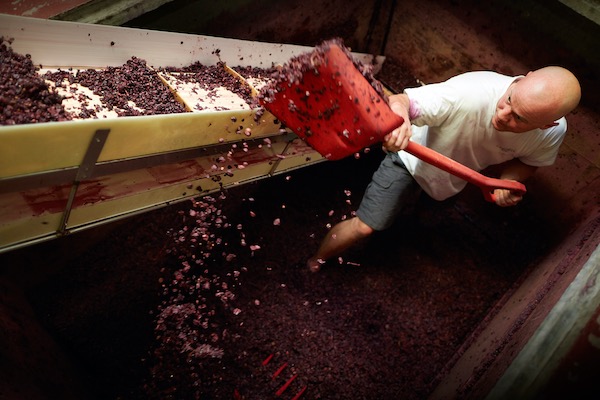
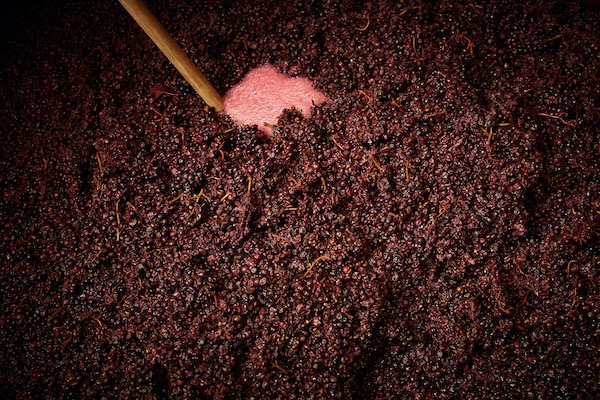
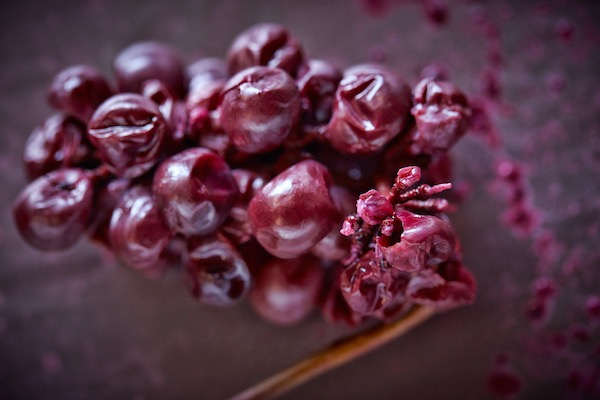
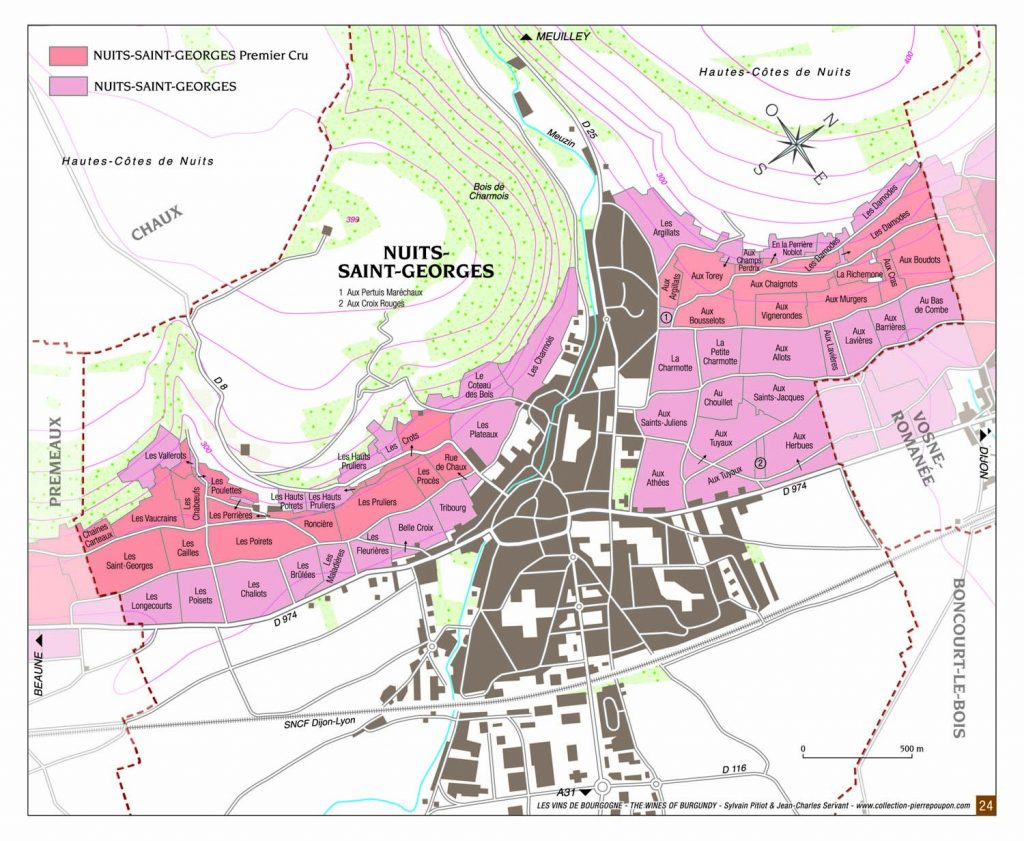
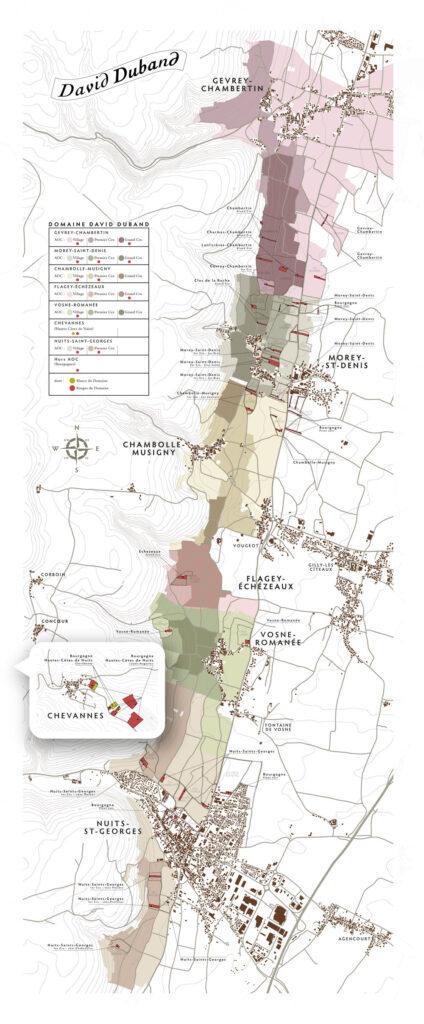
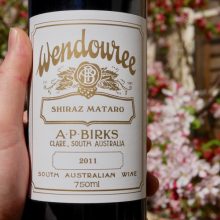
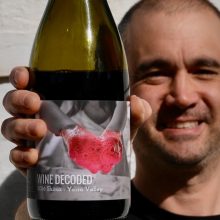
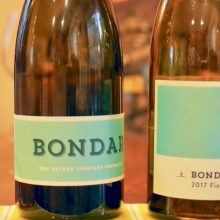
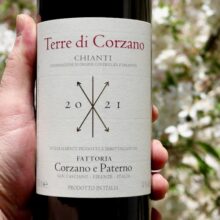
You must be logged in to post a comment.